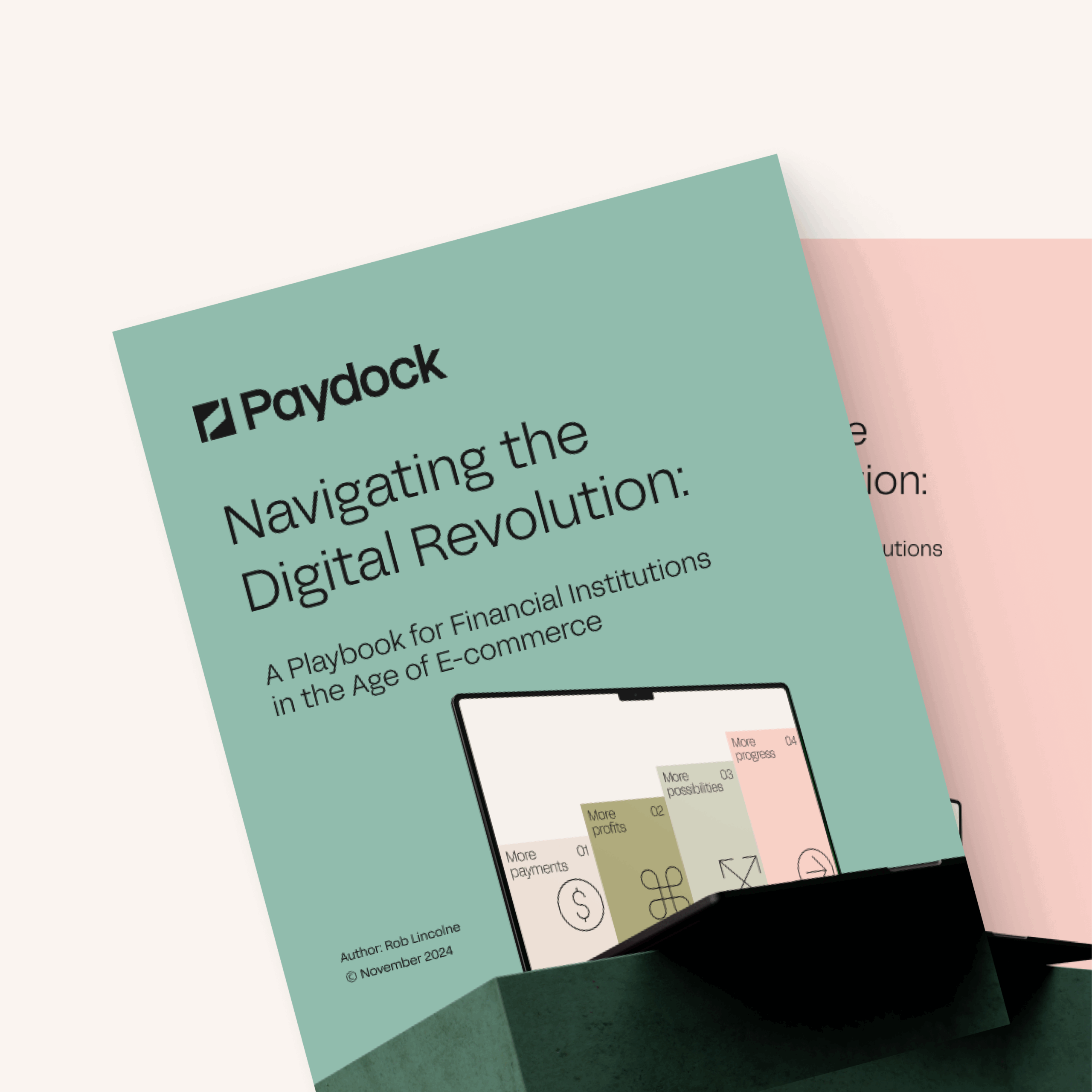The Joint Regulatory Oversight Committee’s (JROC)’s open banking recommendations have the potential to revolutionise payments, but big investments will be necessary into digital transformation, legacy platform modernisation and cloud migration that is future-proof.
Open banking is redefining the competitive landscape of the financial services industry and promises to transform the consumer experience.
Open Banking Limited (OBL) data for May 2023 shows 99.82% average application programming interface (API) availability and 99.15% (1168.2 million) successful API calls.
The past two years have seen increased momentum and there are now over seven million regular users in the UK and more than 336 regulated providers in the ecosystem.
The UK has cemented its place as a pioneer and global leader in the open banking sector with the strongest infrastructure in Europe, thanks to the Open Banking Implementation Entity (OBIE), regulators, policymakers, fintechs and the CMA9 (the nine largest banks and building society ordered by the Competition and Markets Authority (CMA) to implement open banking).
As open banking becomes more visible and consumers gain confidence in sharing data and reap the benefits of products and services designed to support the financial crisis, we should see a stronger upward trend.
In January 2023, the OBIE completed the delivery of the CMA’s open banking roadmap which saw the UK’s six largest banking providers fully implement the standards for open banking.
The next challenge in growing momentum, trust and consumer confidence involves the Joint Regulatory Oversight Committee’s (JROC)’s April 2023 recommendations for the next phase of open banking being implemented successfully with the support and guidance of industry. The CMA highlighted that a smooth transition of the work undertaken by the OBIE to a future entity will begin in Q4 2023.
JROC’s recommendations on the next phase
The Joint Regulatory Oversight Committee (JROC) published its recommendations for the next phase of open banking in April 2023, which aim to regulate and standardise open banking. This would require creating an ecosystem that is scalable, reliable, resilient, efficient, and economically sustainable.
JROC has three priorities to deliver this vision:
- Scale the ecosystem;
- Unlock the potential for open banking payments; and
- Adopt a model that is scalable for future data sharing propositions.
These priorities are underpinned by six themes with 29 actions to be delivered in the next two years.
- Levelling up availability and performance: Design a data collection framework for API availability and performance, as well as collecting and analysing the data.
- Mitigating the risks of financial crime: Design a data collection framework for financial crime, implement open banking-based data sharing in Faster Payments and implement financial crime prevention tools for TPPs and ASPSPs.
- Ensuring effective consumer protection: Conduct a gap analysis of dispute processes and develop proposals for a dispute process in open banking.
- Improving information flows to third-party providers (TPPs) and end users: Perform a gap analysis of payment statuses in Faster Payments and open banking and advise on additional error codes required to ensure consistent and accurate payment status messaging.
- Promoting additional services, using non-sweeping variable recurring payments (VRPs) as a pilot: Set up a working group to expand VRPs beyond sweeping use cases, define commercial frameworks for premium APIs, support non-sweeping VRPs rollout and implement a multilateral rulebook for premium APIs.
- Design of the future entity: Design the structure, governance and funding of the future entity to replace the OBIE and develop a market pricing framework. Consider existing functions and additional capabilities that should be delivered by the future entity and the wider ecosystem and define a funding model for functions and capabilities within the future entity.
To kick-off this new era of open banking, JROC has launched two working groups – one to design the future open banking entity and another to deliver a blueprint for implementing non-sweeping VRPs.
In addition, JROC has tasked OBL, chaired by Marion King, to lead the delivery of the other four themes.
The Payments Association welcomes the opportunity to support these initiatives and is engaging with the two working groups and OBL on how to potentially work together to drive forward the JROC recommendations.
It’s important to note that while this is a very strong and detailed report addressing the main weaknesses in today’s open banking ecosystem, it is not an implementation manual. Instead, it provides a framework of what should be done and by when, with very ambitious timelines, but does not tell us how the new entity would work or how it would be funded, nor does it provide a commercial framework.
This will all have to be worked out in the next couple years by the various working groups in collaboration with the industry to ensure that all parties are motivated to invest in open banking.
The challenges for industry
To implement the roadmap, banks will have to address several challenges, the biggest of which is legacy infrastructure.
Banks will have to make big investments into digital transformation, legacy platform modernisation and cloud migration to build future-proofed open banking ecosystems. Partnering with the right technology companies to do this will reduce the time it takes to implement and gain a competitive advantage.
While standards exist, organisations implement them differently. The variety of APIs used by different players adds complexity and is an obstacle to progressing open banking.
Having a good regulatory framework, standardised APIs, common protocols and a strong commercial model will grow the ecosystem. This will increase quality, performance, transparency, and interoperability while also enabling developers to build compliant innovative solutions.
There are concerns that commercialising open banking could cannibalise bank revenue from cards, but to quote Marion King, “we have to trust that competition will take care of that”.
The new era and achieving a vision
To prepare for this new era, banks and TPPs need to review their open banking strategy and start building a roadmap to achieve their vision. They should also have a holistic API and data strategy across the business – NatWest has done this well with its bank of APIs.
Commercial models for premium APIs will ensure open banking continues its momentum and will bring new opportunities in open finance. Firms should identify use cases that would bring the most value to their individual businesses and start to build and monetise those in the first instance.
Government and regulators have provided the foundation for the next phase of open banking, and now it’s up to the banks, TPPs and wider industry to make it all happen.
The Data Protection and Digital Information Bill will pave the way for the safe and secure sharing of data and data-driven innovation. This new vision set out by JROC will help the industry supercharge open banking and lead the way for open finance and smart data.
Annmarie Mahabir is a member of The Payments Association’s Project Open Banking and VP principal industry consultant at Endava.



























